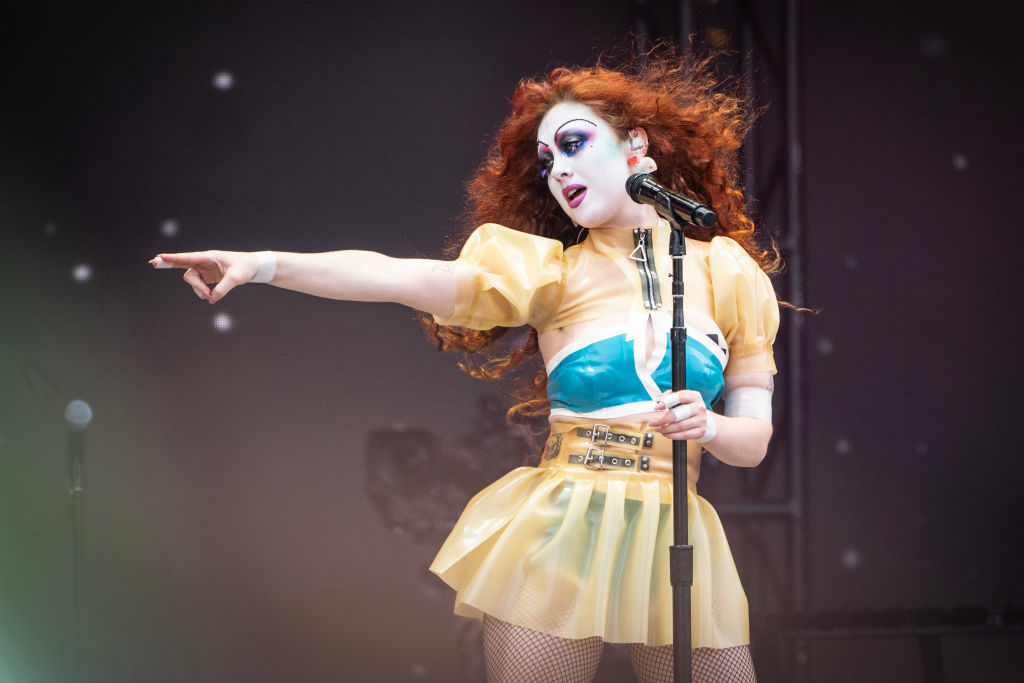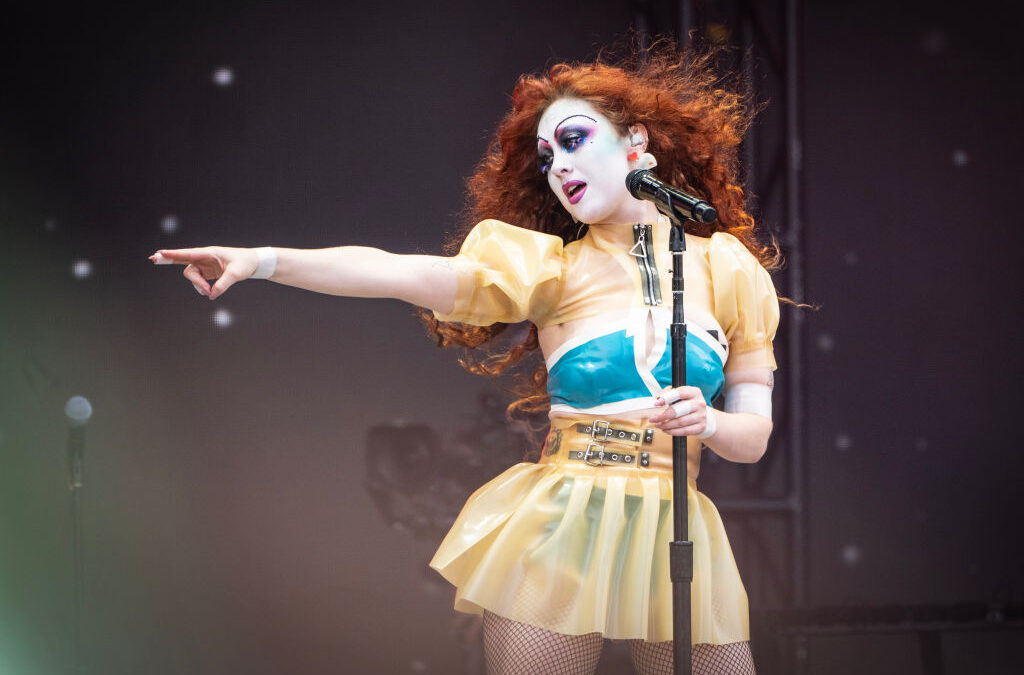These celebrities are driving sapphic representation – but what does that mean?
Rejoice! The WLW renaissance is here!
Words by Alice Hall

If you’ve been scrolling on TikTok recently, you might have come across the word ‘Sapphism.’ Broadly speaking, sapphic is an umbrella term that describes women who love women (WLW), which includes lesbians, bisexuals, pansexuals, trans women, non-binary people and more.
Although not a common term, the word has become more commonly used in recent years, thanks to a lesbian revival across popular culture, where sapphic representation is being put front and centre. Some of the stars leading the charge include Kristen Stewart (who recently married her partner Dylan Meyer), Billie Eilish, Chappell Roan and many more.
But if you’re led scratching your head as to what sapphic means, fear not. We’ve broken it down for you below.
What does Sapphism mean?
Sapphic is an umbrella term for any woman attracted to women or in a relationship with another woman, regardless of their sexual orientations, and encompassing the romantic love between women. The term includes lesbians, bisexuals, pansexuals, trans women, non-binary people and more. The word differs from words like ‘bisexual’ and ‘lesbian’, because ‘sapphic’ could encapsulate any women, of any orientation, who love women.
You might recognise the word ‘sapphic’ from its flag, which consists of two pink stripes with a pale purple stripe in the middle. There are two violets on the centre stripe, which reflects the love between two women.
‘Some people consider “sapphic” part of their sexual identity. It’s often used as an adjective to describe things: art, literature, relationships, vibes. And for many, it has specific connotations. There’s a romanticism to it, evoking deep, heady feelings for women—not least due to the term’s origins,’ according to a blog in Feeld.
Where did the term Sapphic come from?
It might be the first time you’ve heard of it, but sapphic actually dates way back. According to Merriam-Webster, the term derives from the Greek goddess Sappho, who notoriously resided on the Isle of Lesbos.
Sappho was a poet who lived at the time and wrote works with themes of yearning and desire between women. Thanks to Sappho’s work, the women who lived on Lesbos were said to prefer each other, leading to the term lesbian.
The poetry saw a revival in the renaissance, where the term ‘sapphic’ became an adjective to describe women whose emotional and sexual preferences were other women. In the 1950s, “sapphic” became a popular term to describe women who loved women in the US.
In the past few years, the term ‘sapphic’ has evolved to be more inclusive. It’s become popular on social media, particularly TikTok where the word ‘sapphic’ has been hashtagged over 340,000 times.
What have celebrities said about Sapphic representation?
Last year, lesbianism and sapphic representation flourished across celebrity world. One of the drivers of this was Chappel Roan. When she accepted her MTV Video Music Award in September 2024, she shared a message for ‘all the queer kids in the Midwest watching right now,’ continuing: ‘I see you, I understand you because I’m one of you, and don’t ever let anyone tell you that you can’t be exactly who you want to be.’ Later that year, Roan released her lesbian country song ‘The Giver’, which details how only women know how to truly pleasure women.
She isn’t the only one. Artists such as Billie Eilish, Kristen Stewart, Reneé Rapp, Janelle Monáe, Kehlani, Jojo Siwa, King Princess and Hayley Kiyoko are driving sapphic representation in popular culture. It’s a far cry from the days when the world was shocked by that Britney and Madonna kiss.
‘I’ve been in love with girls for my whole life,’ Eilish told the Rolling Stone, adding that she only recently realised she wanted to be a physically intimate with women. Take the lyrics for her song Lunch, which are packed with themes of female sexual longing. In the same way, Monáe’s lyrics and music videos for some of her songs represent Sapphic sexual pleasure and connection.
It’s not just music either. In May 2024, reality TV got it’s very own Lesbian renaissance in the form of I Kissed A Girl, which put a cast of lesbian and bisexual women at the centre. Meanwhile, Netflix’s Ultimatum: Queer Love proved popular, and is set to return for a new series in 2025. Then there was the TV drama Heartstopper, which put queer relationships front and centre. The show proved a huge hit, landing in the number one spot on Variety’s Trending TV chart for the week of April 18 to 24. The series pulled in 929,000 engagements with its eight-episode debut.
How is Sapphism different to Lesbianism?
Sapphic and lesbian are related, but they are two very different terns. A lesbian is defined as a woman who is sexually and/or romantically attracted to other women. However, while lesbians can be sapphic, not every sapphic is necessarily a lesbian.
As mentioned above, sapphic is more gender inclusive, encompassing women and AFAB people. According to an informal survey by Autostraddle reported in Feeld, a majority of people reported using “sapphic” mainly to describe things (again, like art, films, relationships), compared to fewer people who use it as an orientation or identity category for individuals.
Photos: Getty

